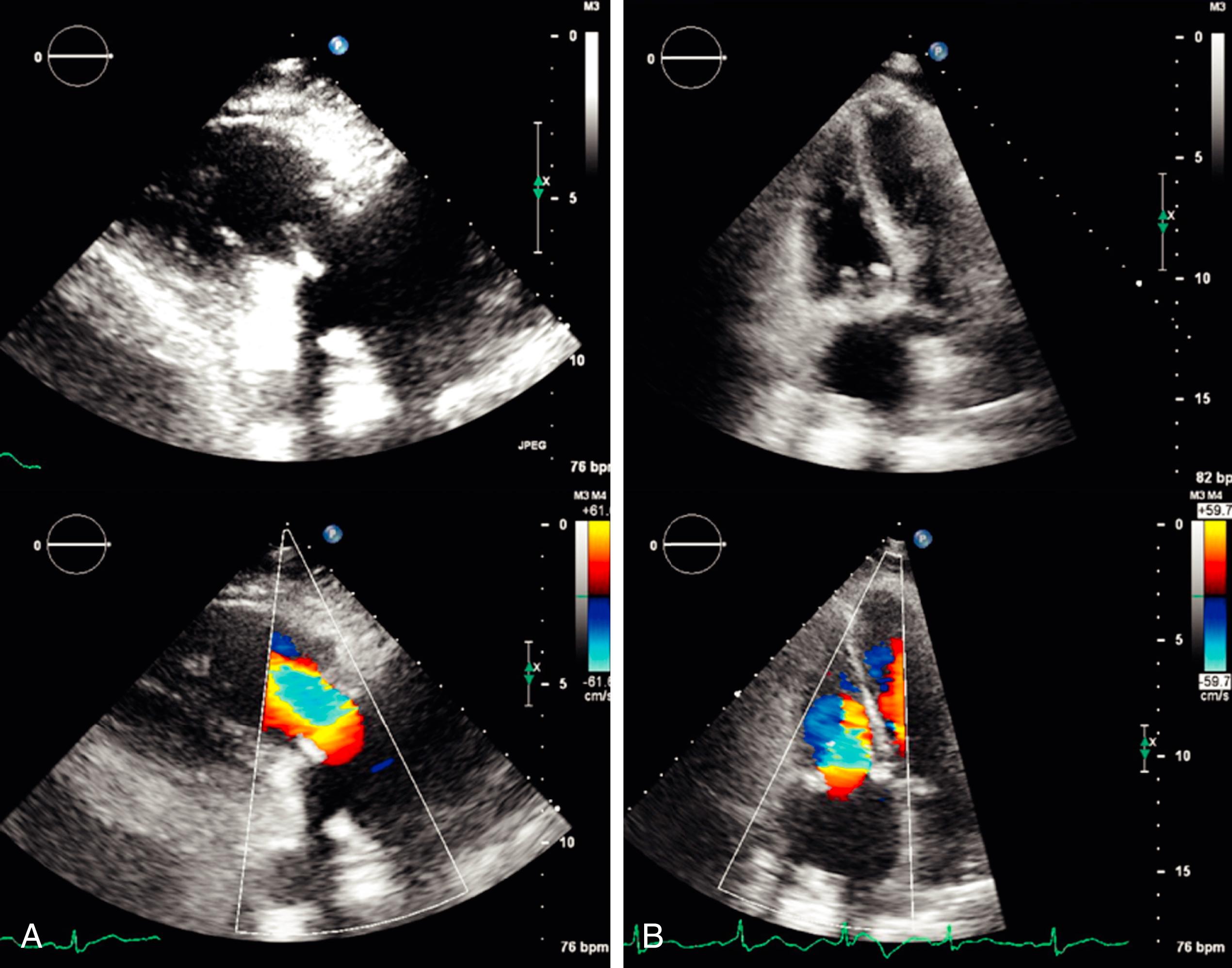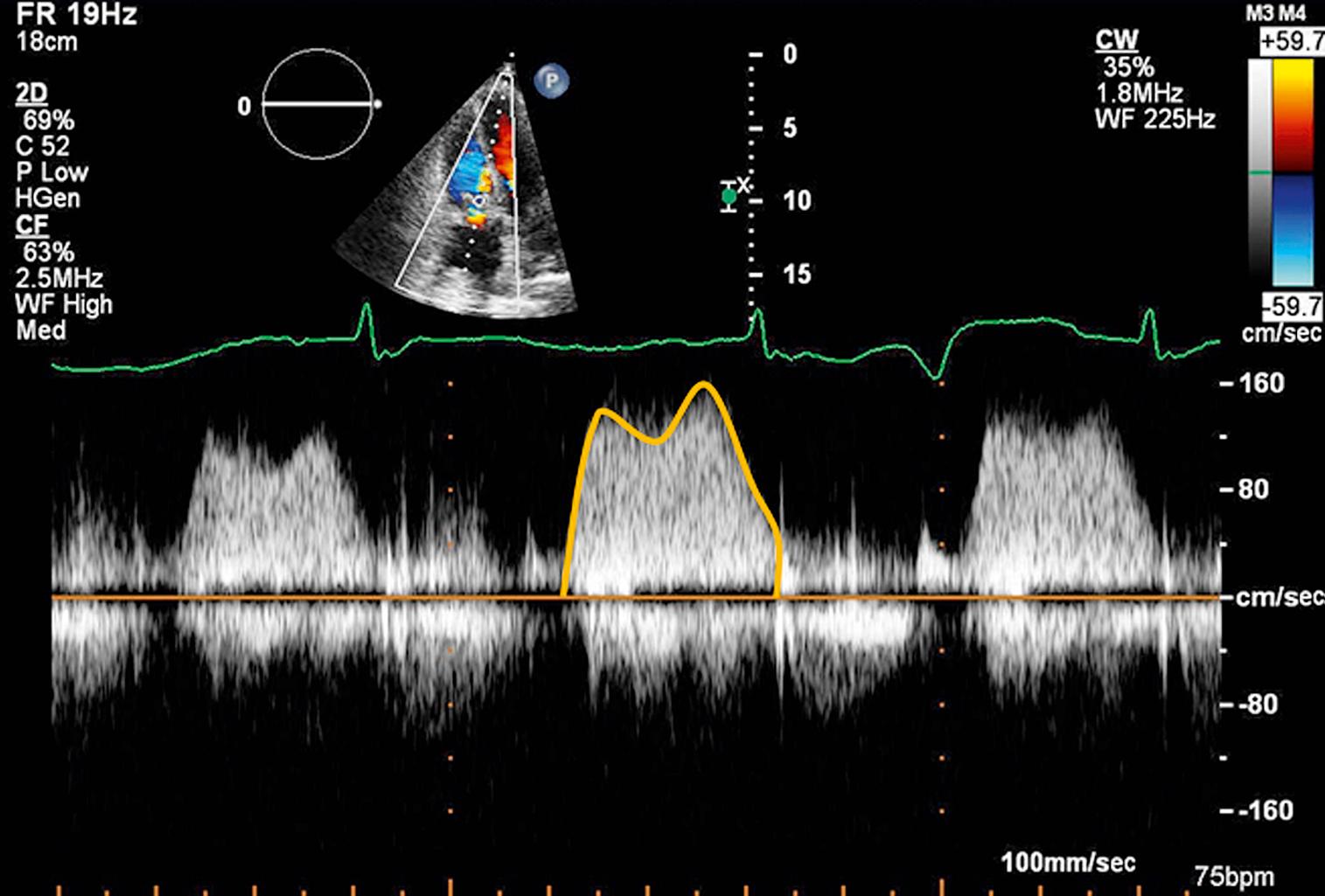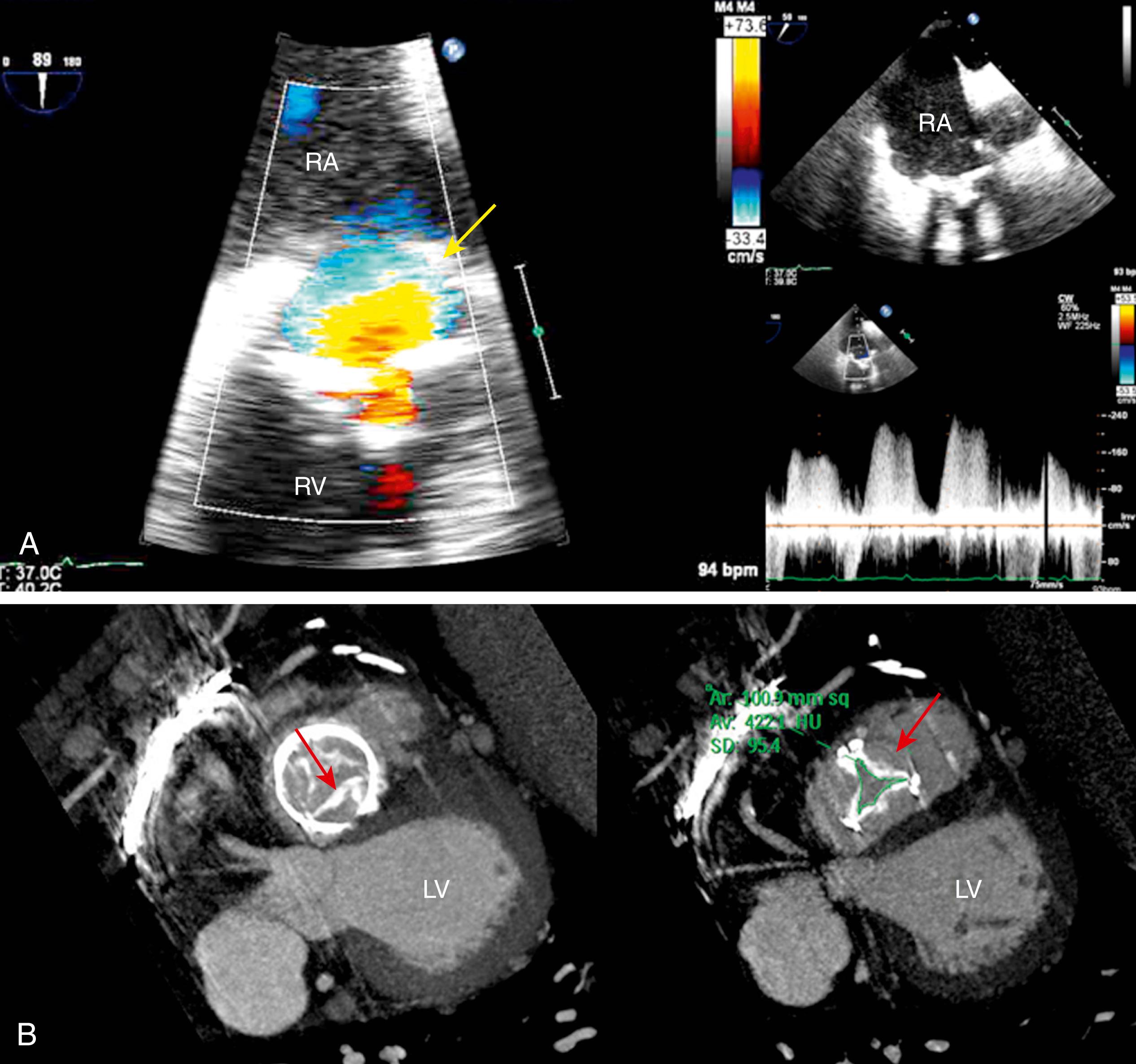Physical Address
304 North Cardinal St.
Dorchester Center, MA 02124
Various types of prosthetic heart valves (PHVs) have been available in clinical practice during the past five decades. Tricuspid valve replacement (TVR) is now an uncommon procedure and has been described in fewer than 2% of all valve operations in one study. Current guidelines recommend TVR is reasonable for severe tricuspid regurgitation (TR) secondary to diseased or abnormal tricuspid valve (TV) leaflets not amenable to annuloplasty or repair. TVR is associated with high early 30-day mortality rate varying from 12% to 26% and a low 10-year survival rate among different studies. A recent meta-analysis of 11 studies concluded that the surgeon’s decision should depend on the individual patient’s characteristics.
Prosthetic valve failure is usually caused by valve stenosis, regurgitation, or both. The most common causes of prosthetic valve stenosis are leaflet degeneration in bioprosthetic valves; endocarditis leading to leaflet destruction; and valve thrombosis and pannus formation in mechanical valves, which are associated with valve obstruction. Structural valve degeneration ranges from 0.4% to 2.2% patient-years in bioprosthetic valves. , The incidence of valve thrombosis has been reported at 0.5% to 3.3% patient-years in different studies. , , Prosthetic transvalvular regurgitation can occur because of leaflet destruction from infective endocarditis, but paravalvular regurgitation can result from primary suture loosening or infective endocarditis.
Doppler echocardiography has been widely and accurately used to evaluate prosthetic valve function in the tricuspid position. Doppler measurements have been shown to correlate well with invasive hemodynamic data in cases of prosthetic valve stenosis. , However, diagnostic accuracy depends heavily on the quality of Doppler signals. Detailed assessment of TV prostheses is of crucial importance and requires imaging with two-dimensional (2D), continuous wave (CW) Doppler, and color-flow imaging.
Prosthetic valves in the tricuspid position can be adequately imaged using standard echocardiographic views with transthoracic echocardiography (TTE). Multiple views such as the right ventricular (RV) inflow view, four-chamber view, short-axis view (RV inflow and outflow), and subcostal view, are required for a comprehensive evaluation. 2D echocardiography confirms normal or abnormal leaflet motion and proper seating of the TV in the annulus. The type of each valve can be identified, and degenerative changes in bioprosthetic valves as thickening and calcification can be visualized. It is possible to diagnose the underlying causes of valve dysfunction such as thrombus, vegetations, or pannus by TTE or transesophageal echocardiography (TEE).
Color-flow mapping describes the dynamic flow characteristics across the prosthesis. In normal prosthetic valves, the antegrade flow is central and consists usually of a wide jet ( Figs. 113.1 and 113.2 ). The better views for assessing color flow through the prosthesis are the RV inflow and the subcostal views because in these views, acoustic shadowing interference is minimal in comparison with the apical four-chamber view. It is often possible to visualize aliasing as flow accelerates through a stenotic orifice. In cases with severe stenosis, the color jet has high velocities indicating turbulent flow ( Fig. 113.3 ).



Video 113.1. Color-flow mapping from a normal bioprosthetic valve obtained in the right ventricular inflow view.
Video 113.2. Two-dimensional images from the apical four-chamber view of a mechanical tricuspid valve.
Video 113.3. Color Doppler of tricuspid regurgitation across a bioprosthetic valve obtained by transesophageal echocardiography.
Become a Clinical Tree membership for Full access and enjoy Unlimited articles
If you are a member. Log in here